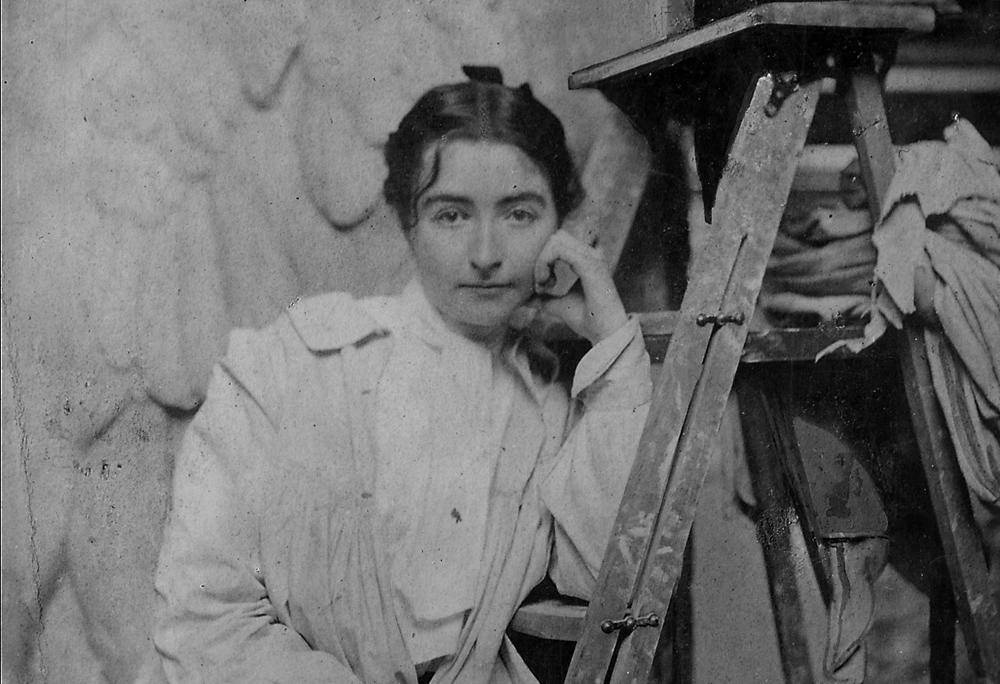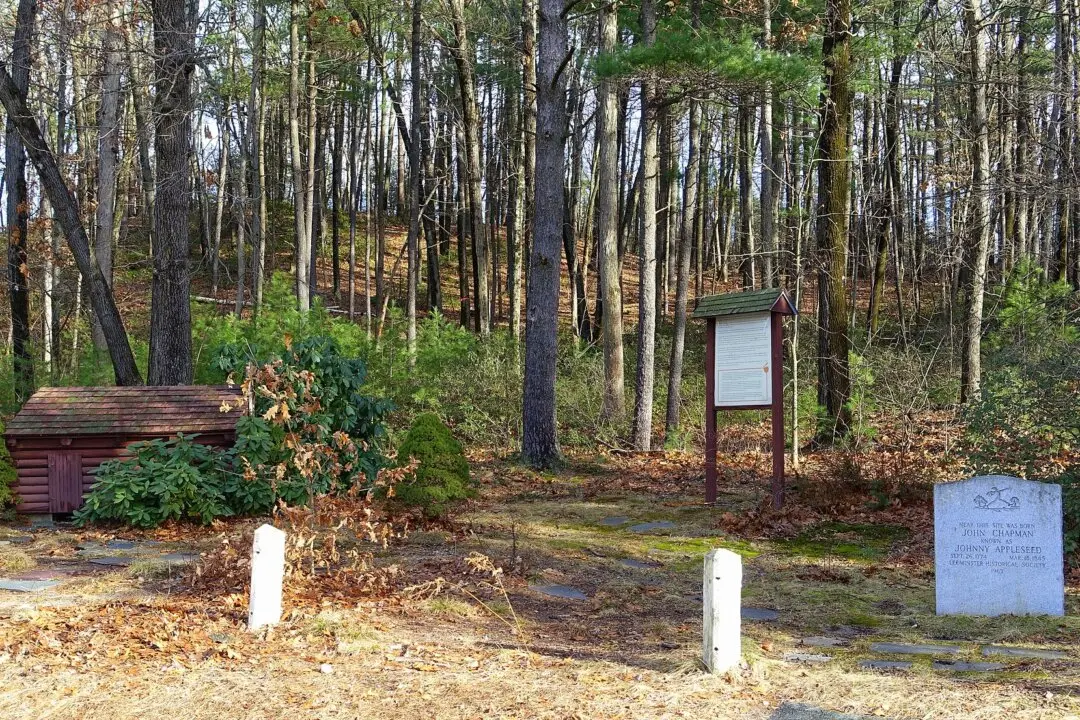Securing consistent information about Helen Farnsworth Mears is a difficult task. She died unexpectedly, on the cusp of greatness, some believed, but without sufficient promotion to keep her legacy aflame, her reputation and work have been lost to the broader public. And this is an unfortunate outcome for the self-taught Mears, a dedicated, artist who reached a certain level of success as a sculptor in the early part of the 20th century.
Here’s a microcosm of the lack of dependable information on Mears: Most online sources list the year of her birth as 1872, though according to baptismal records at Trinity Episcopal Church, she was born in Oshkosh, Wisconsin, on Dec. 21, 1871. Accordingly, that’s where the tale of this vigorous talent begins.






